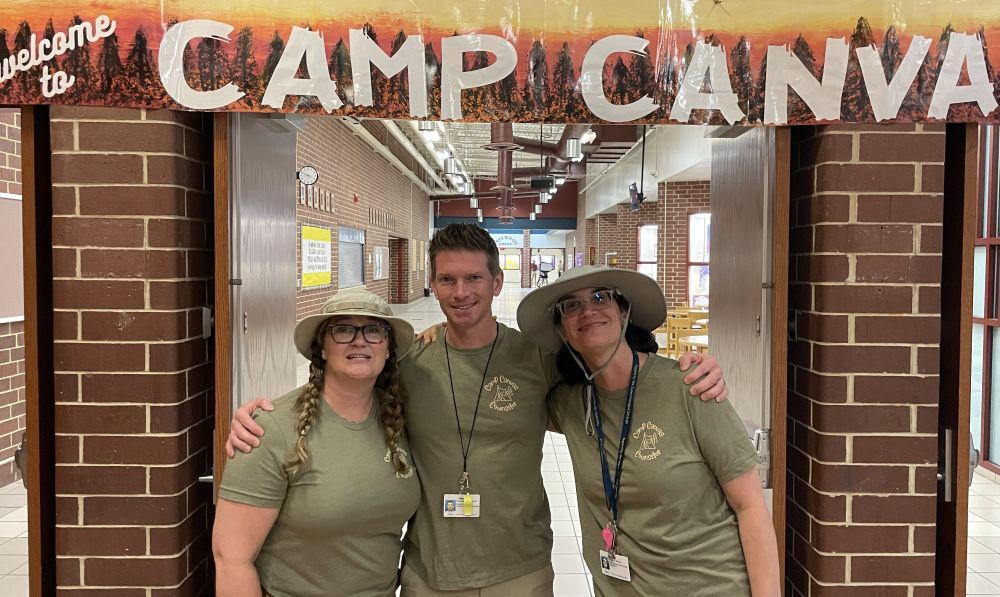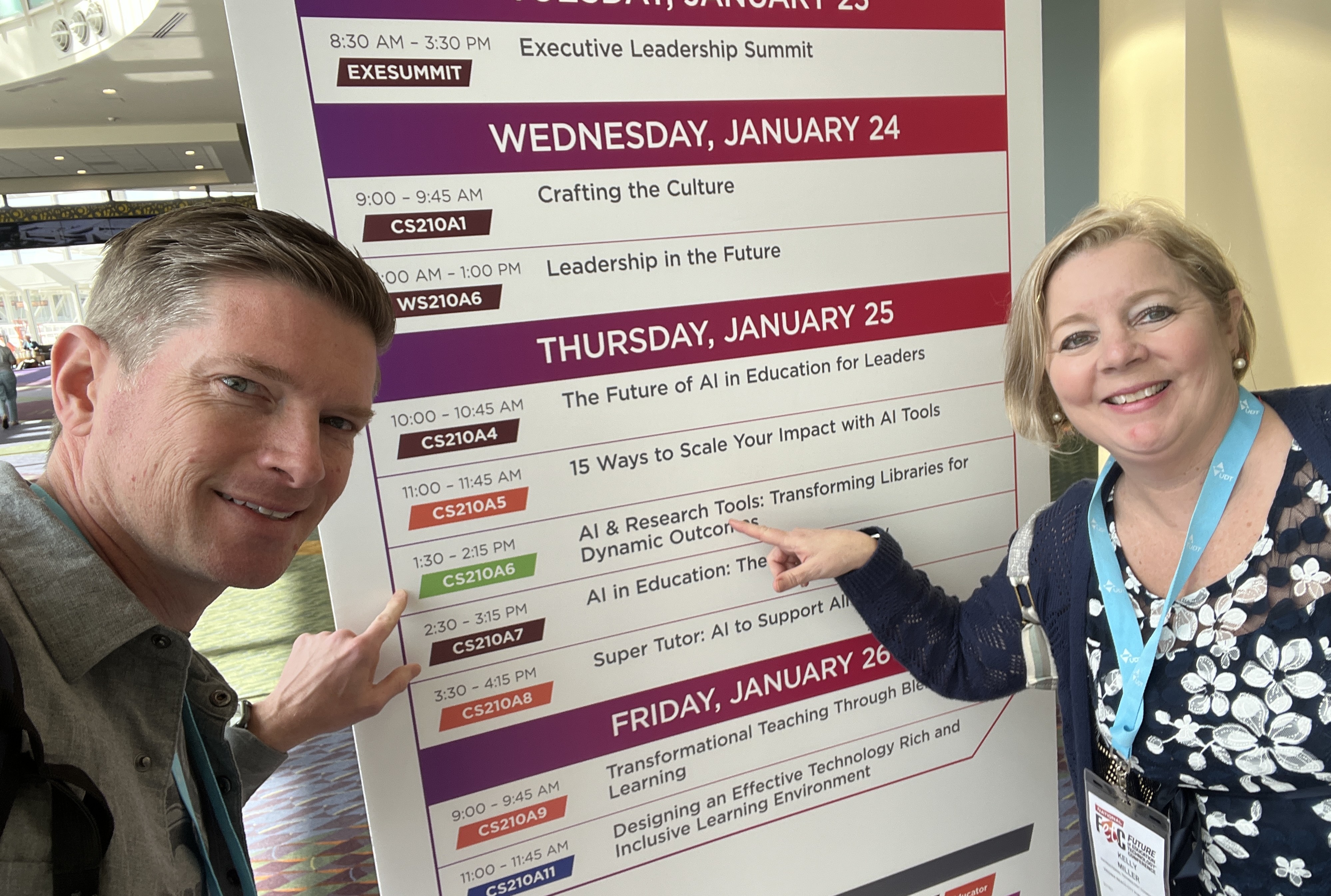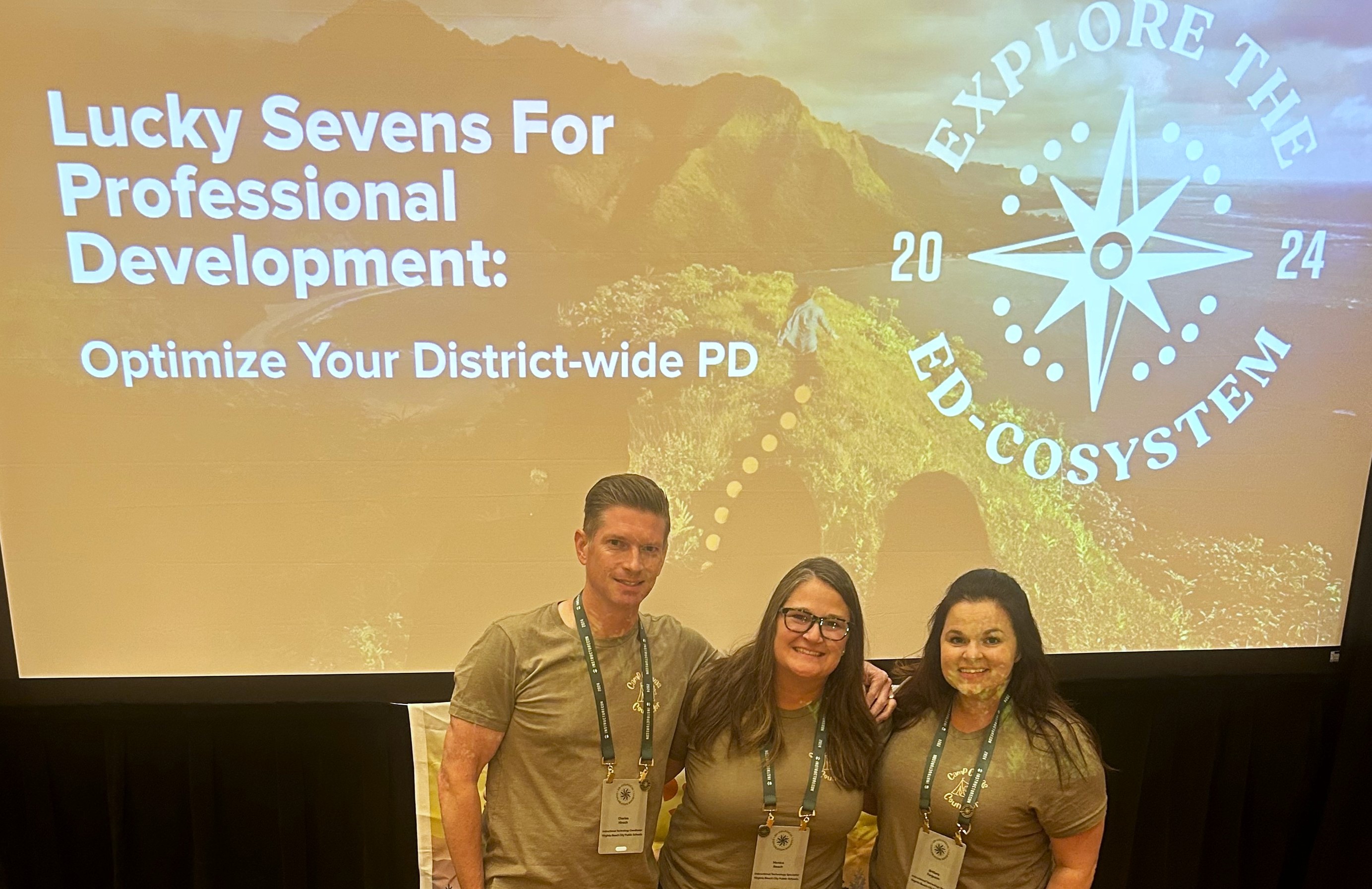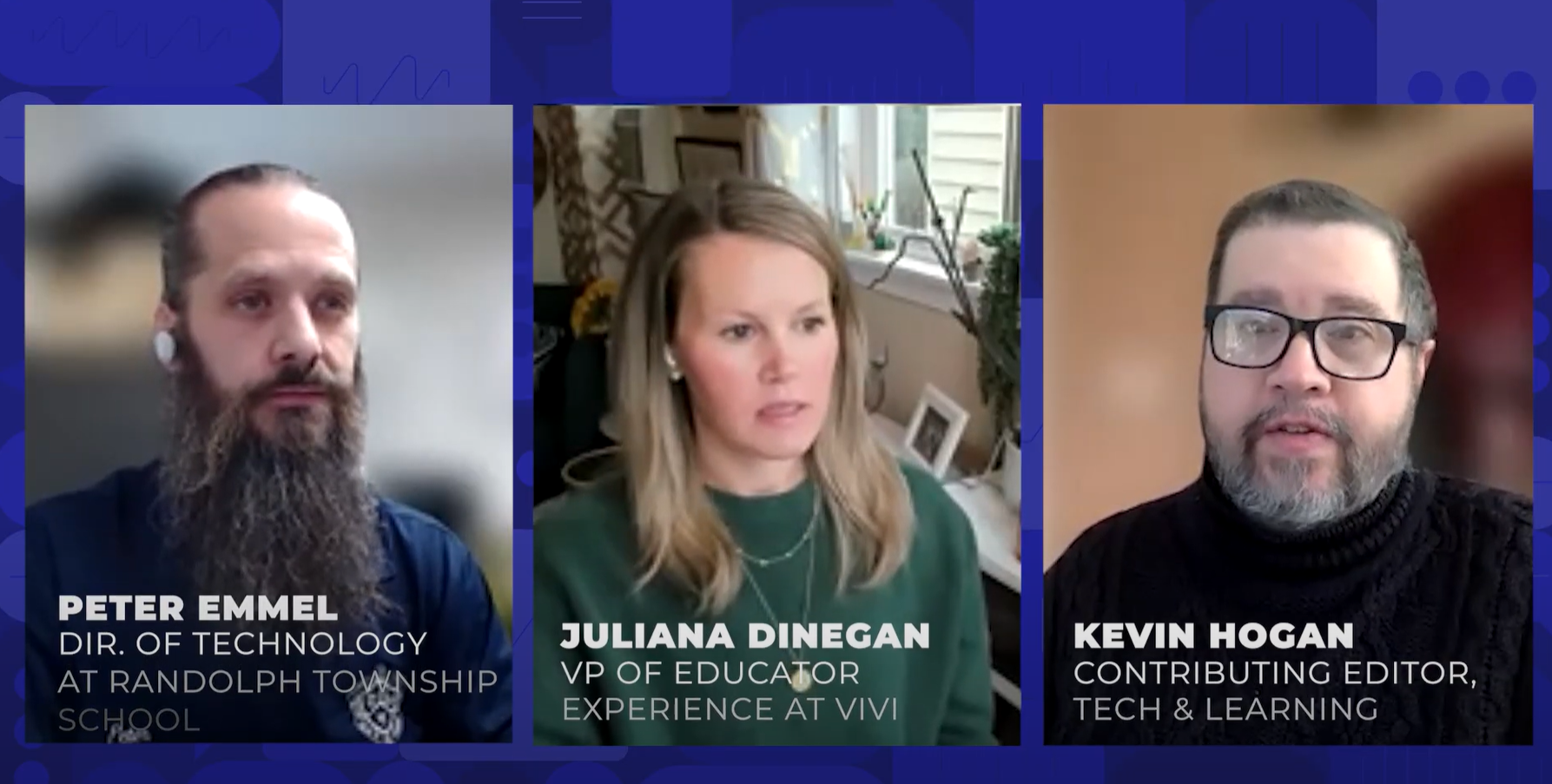5 Ways to Improve Relationships Between Your Instructional Technology Specialists and Library Media Specialists
Innovative Leader Award - Improving the connections between your district’s specialists can pay big dividends

“In my experience, the most effective districts empower their instruction technology (ITS) and library media specialists (LMS) as strategic partners in teaching and learning,” says Charlie Hinsch, Instructional Technology Coordinator at Virginia Beach City Public Schools. “These are leaders in your building. They are not just support roles, they are change agents. Recognizing this allows the LMS or ITS to focus on integrating lessons, which include technology, to keep students engaged through gamified learning and other innovations.”
Positioning your team as leaders signals educators to seek their help.
“It’s really important ITS/LMS are part of a school’s professional learning structure,” Hinsch says. “They should be there to help design and deliver learning, align to the school and division goals and plan for continuous improvement. We embed our ITS/LMS into our division-wide coaching frameworks and align their support in key instructional priorities like blended learning and digital citizenship.”
Hinsch was recently recognized for his work at VBCPS with the Innovative Instructional Technology Coordinator Award during the Pre-ISTE Summit in San Antonio as part of Tech & Learning’s Innovative Leader Awards.
Hinsch shares the importance of making the most of specialists in your district, with five tips on improving relationships between your ITS and LMS.
Create a Culture of Respect

Building cooperative rapport between specialist teams can help encourage a cohesive school atmosphere.
“When you can focus on the student, it takes the edge off for teachers,” Hinsch says. “They realize that we've objectively looked at data and have seen that students in their class are weaker in certain areas. The focus is, ‘Let's work on those students and figure out what we can do.’ It helps teachers realize the ITS and LMS are there to help the students, not ‘fix the teacher,’ which is really important.”
Tools and ideas to transform education. Sign up below.
Hinsch says it’s critical to encourage connection not only amongst staff, but between the two roles.
“It’s really important that the ITS and the LMS are seen as a collaborative team at schools,” he says. “We call them the ‘Educational Technology Team’ at the district level. When combined, you get a really powerful team. It’s a perfect blend of technology integration, information literacy—areas critical for student success in the area of research, media literacy, and responsible AI.”

CLICK HERE TO NOMINATE SOMEONE FOR AN INNOVATIVE LEADER AWARD
Conferences are Goldmines for ITS/LMS Pros
“We are lucky to have several large conferences right in our backyard,” Hinsch says. “With grant funding, we are able to send our instructional technology specialists or library media specialists to a statewide instructional technology conference in Virginia Beach. We also have the library aspect of that state conference in nearby Williamsburg. There are amazing opportunities for growth for both roles. We encourage our principals to join them and see exactly what's happening.”
This participation also helps the administration understand the value of conferences.

“We encourage our specialists to seek other opportunities for investing in themselves,” Hinsch says. “Many submit proposals for conferences for national conferences like STC, ISTE, and ALA. When they get accepted, we try to assist them with funding or help them write grants. However, we still have to have that buy-in from the admin to provide the necessary leave.”
It doesn’t take much to understand the benefits of this philosophy.
“Once they see the growth from this investment and what they bring back to the district, it encourages future participation,” he says. “These roles can now coach teachers, mentor student tech teams, curate resources, lead family workshops, and model innovation. Provide the platform and they can leverage their expertise strategically to amplify what every other educator can do. It just highlights the power that these roles have in our district.”

5 Ways to Improve Your ITS and LMS Relationships
Hinsch offers advice for boosting your team’s teamwork.
1. Give Everyone A Seat At The Table
Include ITS and LMS in conversations with school administrators about curriculum, tech purchases, and policy updates that are coming from the district and state. Consider creating roles on your principal advisory council or instructor leadership team, so they are being seen as leaders.
2. Create AI Integration Champions
“When AI really starts to roll out, the ITS and the LMS roles need to partner together to co-lead instruction on AI and digital citizenship,” Hinsch says. “They can lead teaching students how and when to use AI, as well as properly cite their use. Studies show AI is going to spark creativity, but students need guidance on devising topics and suggestions for AI to enhance. ITS and the LMS can share policies with educators, so they understand that AI is a tool and students should use their brain first.”
3. Education Partners, Not Troubleshooters
“ITS and LMS have such strength and history that their value comes from reimagining pedagogy and using technology and information literacy to really enhance learning,” Hinsch says. “Too often, they are reduced to merely who to call to fix devices or manage your book checkout.” Librarians manage an entire library of resources and collections and even have a library media system. However, their background is information literacy and research, and they need to be Included in planning meetings, data discussions, and school improvement efforts.
4. Use ITS and LMS Roles to Meet Standards
“In each of our schools, we are fortunate enough to have at least one instructional technology specialist and at least one library media specialist,” says Hinsch. “They are a big part of something we call ‘a profile of a graduate’ that aligns with our state's model to ensure students graduate with the knowledge, workplace skills, and community engagement they need to be prepared for any career they decide to pursue.”
5. Respect the Change Agents They Are
ITS and LMS make changes in their school, and help build capacity and innovative instruction. They drive initiatives such as digital citizenship, AI literacy, and the inquiry model for research. When they are fully integrated into the instructional fabric of a school district, the entire system becomes future-ready. “That is a huge part of a strategic framework and strategic action agenda for the coming school year,” says Hinsch. “Being future-ready and prepared for what's coming next.”
Tools They Use
- Adobe Express
- Google Workspace Suite
- ChatGPT
- Google Gemini
- MagicSchool
- WeVideo
- Canva
- Suno
- Canvas
- School AI
Sascha has nearly two decades of experience as a freelance journalist writing for national magazines, including The Washington Post, LA Times, Christian Science Monitor, National Geographic Traveler, and others. She writes about education, travel and culinary topics.

